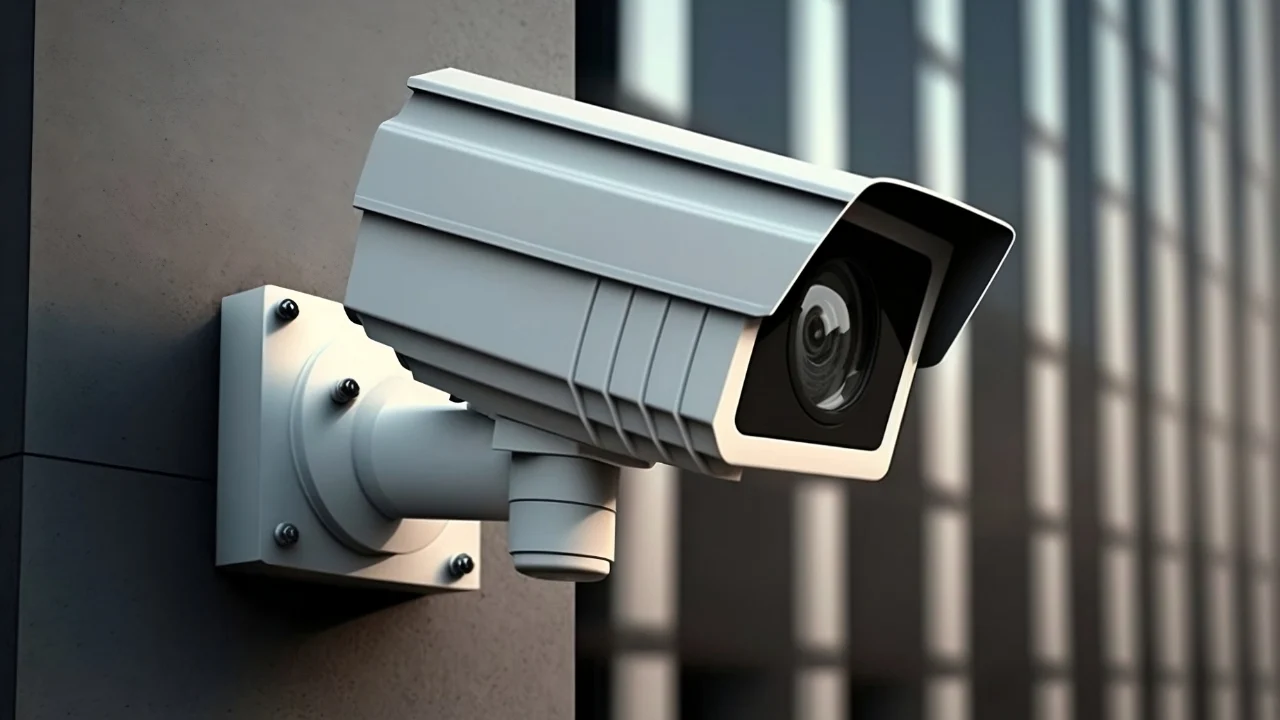
Surveillance in workers compensation claims – an injured worker’s perspective
Published on October 10, 2025 by Amelia Frisch and Matthew Forshaw
The use of surveillance evidence in workers compensation matters has long been contentious. Employers and insurers often argue that recordings provide objective insights into a worker’s level of function. For injured workers, however, surveillance raises important concerns regarding privacy, fairness, and the risk of selective or misleading interpretation.
The recent decision of the Personal Injury Commission (PIC) in Freedman Brothers Limited v Scovell [2025] NSWPICPD 48; (18 June 2025) examines whether surveillance should be admitted in medical assessments, and in doing so clarifies the scope of Rule 109 of the Personal Injury Commission Rules 2021 (the Rules). The case also illustrates the interaction between procedural safeguards under the Rules and the broader statutory framework governing workers compensation claims under the Workers Compensation Act 1987 (NSW).
Background
Mr Scovell (the worker) lodged a workers compensation claim following an injury to his left knee during the course of his employment with Freedman Brothers Limited (the employer).
The worker claimed 32% whole person impairment (WPI) under section 66 of the Workers Compensation Act 1987 (NSW). An assessment arranged by the employer initially assessed the worker at 20% WPI, however, the expert suggested there were inconsistencies in the worker’s presentation and recommended video surveillance of his activities.
After reviewing surveillance recorded in November 2024, the expert reduced his assessment to 14% WPI based on his observations of the activities performed by the worker in the surveillance recording.
Proceedings were lodged with respect to the whole person impairment dispute.
The employer sought to have both the surveillance, and the expert’s supplementary report included in the referral to a Medical Assessor. The worker objected, arguing that the employer did not satisfy that there were exceptional or special circumstances for the inclusion of that material in line with Rule 109.
Issue
The key issue before the PIC was whether the surveillance recordings should be included in the referral to a Medical Assessor and whether any alleged inconsistency between the footage and the medical findings constituted exceptional or special circumstances for the purpose of Rule 109.
Decision
At first instance, Principal Member Harris rejected the inclusion of the surveillance. He held that no special circumstances were established because the worker’s history was consistent with the footage, meaning the recordings did not materially add to the issues in dispute.
The employer lodged an appeal where Deputy President Wood reached a different conclusion. DP Wood was of the view that it was appropriate for the Medical Assessor to have access to the surveillance recording in circumstances where a medical expert had altered their initial opinion after viewing that recording.
Further, at [153] she stated that the exclusion of that expert’s supplementary report resulted in a misleading representation of their opinion and should have been included in the material forwarded to the Medical Assessor.
Ultimately, Deputy President Wood held that whether there were inconsistencies with the footage and the worker’s presentation was a matter for a medical expert to consider, rather than a Member of the PIC. The surveillance and the supplementary report were therefore admitted, and the matter was referred to a different Medical Assessor.
Implications
From a worker’s perspective, the decision underscores both the protective function of Rule 109 and the limits of preliminary PIC oversight. Surveillance is not automatically admissible, and the onus is on the employer to justify its inclusion. However, the case demonstrates that questions about whether footage is consistent with clinical findings are primarily matters for medical experts.
The procedural safeguards contained in the Rules remain critical. There are expectations that surveillance will be disclosed to workers with sufficient notice, accompanied by a description, and admitted only after oversight by the PIC. The decision also highlights the limitations of surveillance as evidence, as brief recordings cannot capture the fluctuating or delayed effects of injury, nor the full reality of living with chronic pain. The risk of misinterpretation reinforces the need for careful consideration before such material influences the assessment of impairment.
Freedman Brothers v Scovell confirms that surveillance may be admitted into evidence in workers compensation disputes, but only under the strict conditions imposed by Rule 109. For workers, the case emphasises the importance of vigilance in ensuring that procedural protections are applied, and that surveillance is not admitted lightly.
Ultimately, the proper assessment of impairment remains the province of medical experts rather than surveillance video clips. Workers and their representatives should ensure that the integrity of the medical assessment process is preserved, and that any evidence relied upon is considered in its full context.
This article was published on 10 October by Carroll & O’Dea Lawyers and is based on the relevant state of the law (legislation, regulations and case law) at that date for the jurisdiction in which it is published. Please note this article does not constitute legal advice. If you ever need legal advice or want to discuss a legal problem, please contact us to see if we can help. You can reach us on 1800 059 278 or via the Contact us page on our website. If you or a loved one has been injured, use our Personal Injury Claim Check now.

